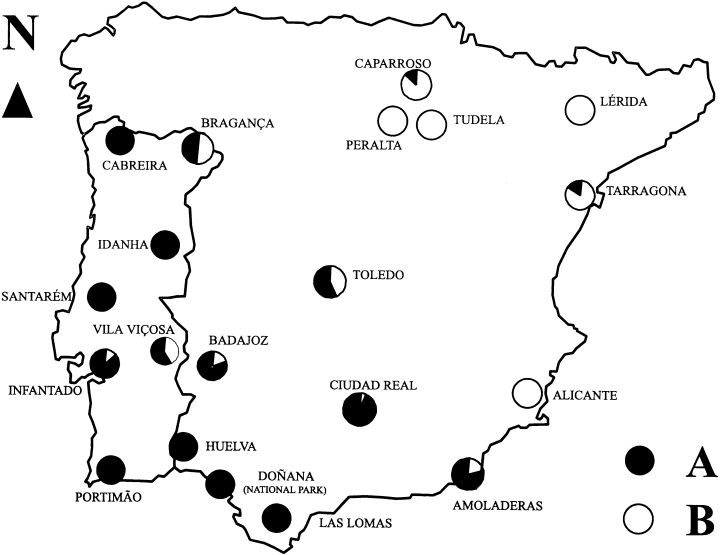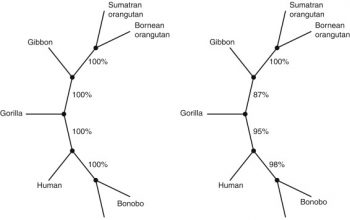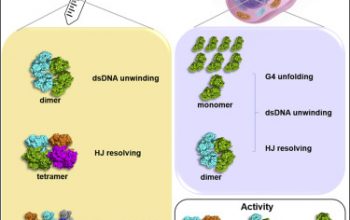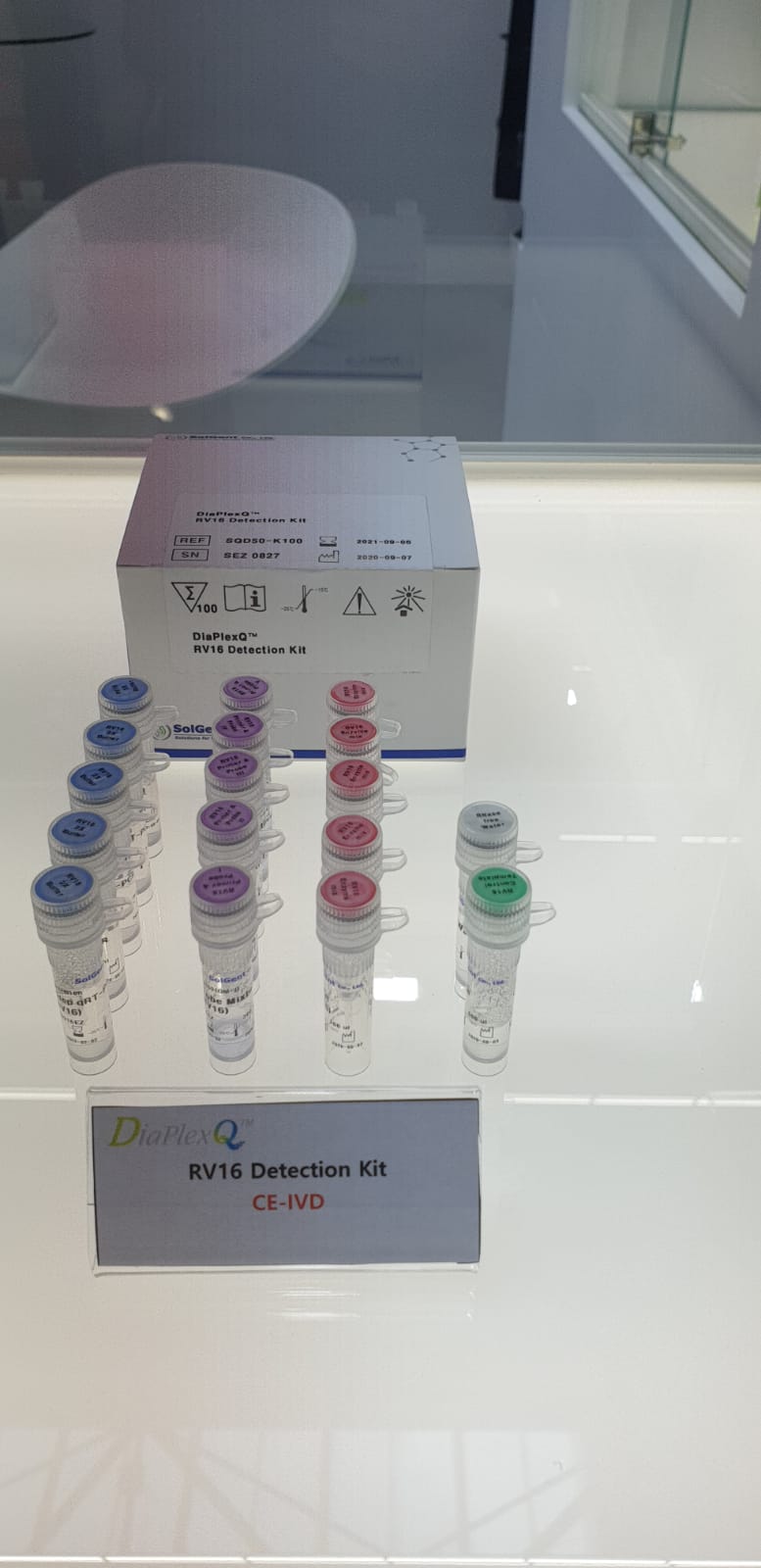Abstract
The development of immunocontraceptives for wild rabbit populations requires the selection of effective antigens and effective delivery systems. Recombinant rabbit zona pellucida glycoprotein B (ZPB) produced in eukaryotic cells in vitro was an effective antigen and induced sustained infertility in 70% of rabbits. This required two boosters and serum antibody titers of 12,800 or greater.
Antibody titers in females were low after initial immunization, as would be expected with an autoantigen; however, the male rabbits had a strong antibody response, indicating that the protein was immunologically foreign. To develop a delivery system, ZPB was delivered by infection with a recombinant myxoma virus. In contrast to the results with the ZPB protein, infection of rabbits induced a similar serum antibody response to ZPB in both sexes.
This indicated that ZPB presentation in the context of virus infection was able to overcome tolerance in females. However, antibody titers were less than 12,800 and only 25% of rabbits were infertile. This antibody response was boosted by injections of recombinant ZPB protein, after which 80% of the rabbits became sterile. Infertility was associated with antibody binding to zones and varying degrees of ovarian pathology characterized by follicular degeneration and substantial depletion of primordial follicles. Oocyte and follicular degeneration seems to be the main mechanism of infertility and can be induced mainly by antibodies against ZPB.
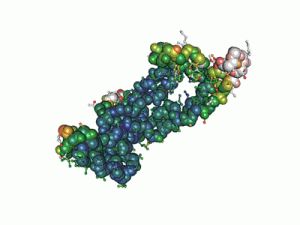
Product specifications
- Product name: Oryctolagus cuniculus Recombinants
- Size: 10ug or 50ug
- Format: Liquid
- Formulation: Supplied as a 0.45 µm filtered solution in 50 mM Na2HPO4 (pH 7.4), 0.5 M NaCl, 273 mM imidazole, 6 M urea.
- Purification: His-tag affinity purification by immobilized metal ion affinity chromatography (IMAC)
- Concentration: Lot specific (see label on the vial), determined by Bradford protein assay.
- Purity: >90%
- Purity determined by: SDS-PAGE under reducing conditions and visualized by Coomassie blue staining

Fountain
- Genetic symbols: ory c 3
- Species: Oryctolagus cuniculus
- Access number: Q9GK63
- Expressed region: Gly19-Tyr93
- Protein name and synonyms: Oryctolagus cuniculus Ory c 3, Lipocalin
1. Tissue culture
RK13, SIRC, and Vero cells were grown at 37 °C in MEM plus 10% newborn bovine serum plus penicillin (200 U/ml) and streptomycin (100 µg/ml) in an atmosphere of 95% air, 5% of CO2.
2. Immunofluorescence assays
Confluent monolayers of RK13 cells grown on two-well chamber slides (Nunc, Naperville, IL) were infected with UR-ZPB at a moi of 5 pfu/cell and incubated for 24 h at 33°C. Infected cells were fixed to expose cytoplasmic or cell surface-expressed ZPB for detection by immunofluorescence using the murine mAb IG7E10 against rabbit ZPB (unpublished results) as a primary antibody.
3. ELISE
Wells of a 96-well plate was coated with 50 µl vvZPB (2 µg/ml) in carbonate buffer (pH 9.6) and incubated at 4°C overnight. After washing with PBS, the wells were overlaid with blocking buffer (PBS, 0.1% Tween 20, 5% w:v skimmed milk powder) for 2 hours at 37°C. Sample dilutions were prepared in blocking buffer as a 2-fold dilution series starting at 1:50, and 50 µl of the sample was added to each well.
Incubation was for 2 hours at 37°C and detection of antibody binding was by anti-rabbit IgG horseradish peroxidase conjugate (Bio-Rad, Richmond, VA) followed by ABTS (2.2′ -azino-bis(3-ethylbenzothiazoline).-6-sulfonic acid; Sigma), 1 μg/mL plus hydrogen peroxide (0.03% v:v) in acetate buffer (100 mM sodium acetate, 50 mM NaH2PO4, pH4).
Colour development was read at 405 nm after 20-min incubation at room temperature. Titers are the reciprocal of the endpoint dilution. This was defined as the final dilution giving an optical density of at least 0.1 units above the optical density of the 1:50 dilution of the preimmune serum. Preimmune sera typically had an optical density of <0.1.
Preparation
- Expression System: Escherichia coli (E.coli)
- Conjugation/Tag: His N-terminal Tag
- Molecular weight (kDa): 10
Stability and Storage
- Shipping: Ice packs
- Storage/Stability: Upon arrival, protein can be stored for 2 weeks at 4°C. For long-term storage, it is recommended to store at -20°C or -80°C in suitable aliquots. Avoid repeated cycles of freezing and thawing.

